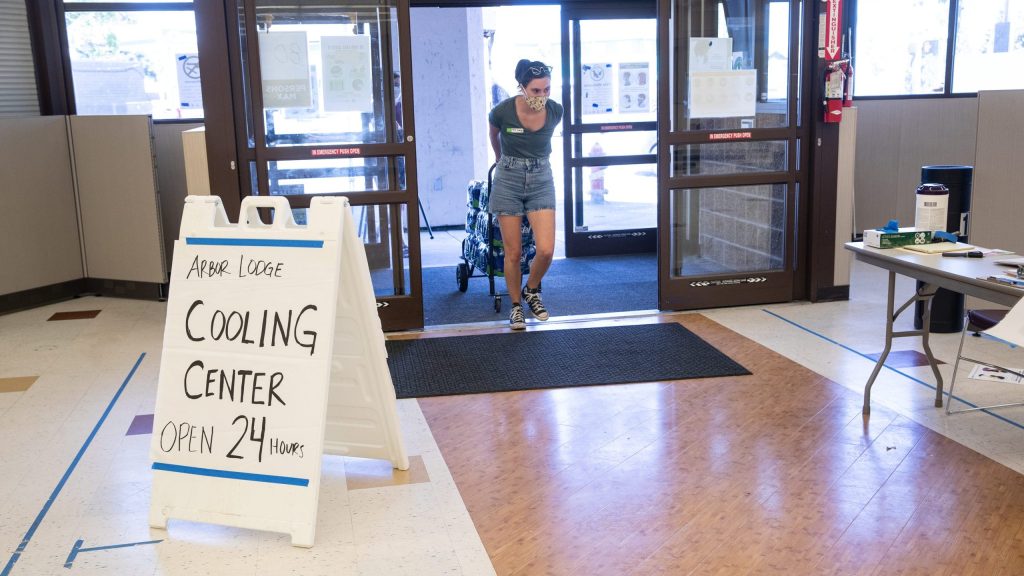
Policy Solution
Cooled transit stations
Funding and Financing

Case Studies
Summary
Protect public transit riders at stations to minimize exposure to extreme heat through shading, greenery, and/or water features.
Implementation
Plan, design, and construct cooling interventions to existing and new transit stations.
Considerations for Use
Cooling interventions at transit stations can be piloted on high priority corridors, at highly-frequented stations, or in the most heat vulnerable neighborhoods.
Overview
Climate:
Cold, Hot/Dry, Hot/Humid, TemperatePolicy Levers:
Funding and FinancingThe allocation of public or philanthropic funding or private financing to implement projects, including risk transfer mechanisms.Trigger Points:
Evaluating or initiating major city infrastructure projectsIncludes projects such as city transit, street or utilities construction / re-construction etc.Intervention Types:
Buildings and Built FormSectors:
Informal Settlements, Transportation
Case Studies
Impact
Target Beneficiaries:
Heat-vulnerable communities, ResidentsPhase of Impact:
Emergency response and management, Risk reduction and mitigationMetrics:
Number of heat-related hospitalizations
Implementation
Intervention Scale:
SiteAuthority and Governance:
City governmentImplementation Timeline:
Short-term (1-2 Years)Implementation Stakeholders:
City governmentFunding Sources:
Public investmentCapacity to Act:
High, MediumBenefits
Cost-Benefit:
LowPublic Good:
HighGHG Reduction:
N/ACo-benefits (Climate/Environmental):
N/ACo-benefits (Social/Economic):
Improve human health, Improve the public realm
